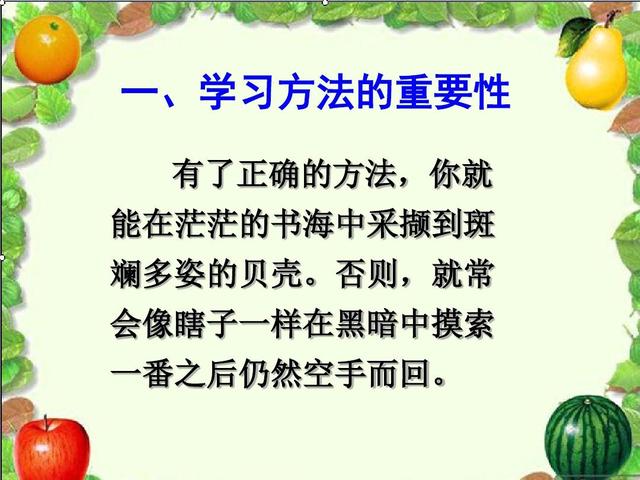标点符号是书面语言中非常重要的组成部分,它们帮助我们更清晰地表达思想和情感。以下是一些常见标点符号的使用规则和示例:

1. 句号 (.)
- 用途:表示陈述句的结束。
- 示例:She enjoys reading books.
2. 逗号 (,)
- 用途:
- 分隔列表中的项:I bought apples, oranges, bananas, and grapes.
- 在复合句中分隔独立分句:I wanted to go for a walk, but it started to rain.
- 在插入语前后:My brother, who lives in New York, is visiting us.
3. 分号 (;)
- 用途:连接两个相关的独立分句,表示它们之间的关系更紧密。
- 示例:I have a big test tomorrow; I can’t go out tonight.
4. 冒号 (:)
- 用途:
- 引出列表、解释或引用:You need the following items: a pen, paper, and a calculator.
- 引出解释或总结:He had one goal: to win the championship.
5. 引号 (“ ”)
- 用途:表示直接引用或强调某个词或短语。
- 示例:She said, “I will be there soon.”
6. 问号 (?)
- 用途:表示疑问句的结束。
- 示例:Are you coming to the party?
7. 感叹号 (!)
- 用途:表示强烈的情感或命令。
- 示例:What a beautiful day!
8. 括号 (())
- 用途:用于插入补充信息或说明。
- 示例:The meeting (which was scheduled for 10 AM) has been postponed.
9. 破折号 (—)
- 用途:
- 表示插入语或强调:I need to buy groceries—milk, bread, and eggs—before dinner.
- 表示句子的中断或转折:He was going to the store—but then it started to rain.
10. 省略号 (…)
- 用途:表示省略或思考的停顿。
- 示例:I was thinking… maybe we should try a different approach.
11. 斜杠 (/)
- 用途:用于分隔选择或表示比率。
- 示例:You can choose tea/coffee.
使用注意事项:
- 一致性:在同一篇文章中,保持标点符号的使用一致。
- 避免过度使用:不要过多使用感叹号或问号,以免使文章显得不专业。
- 遵循语法规则:确保标点符号的使用符合语法规则,避免引起歧义。
通过正确使用标点符号,可以使你的写作更加清晰、准确和流畅。
